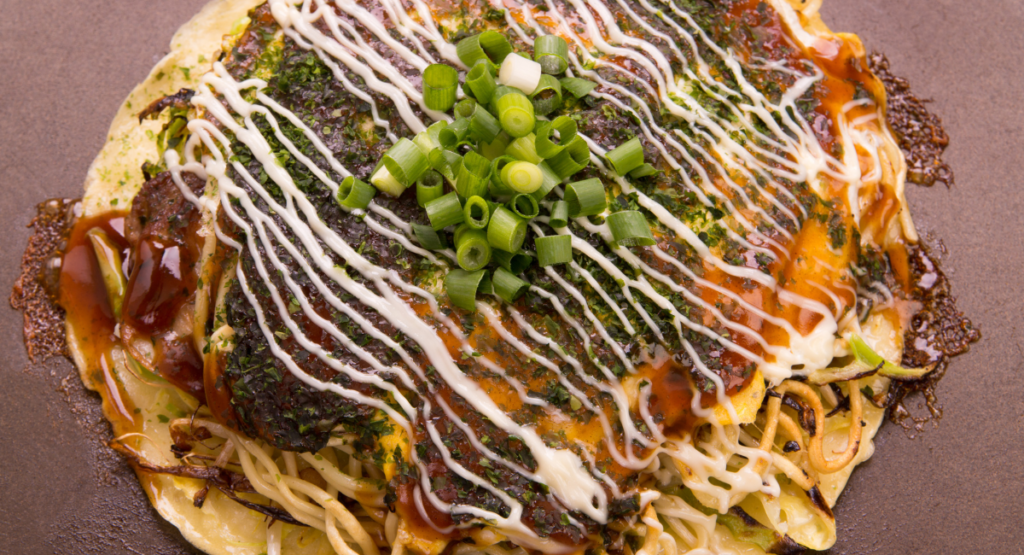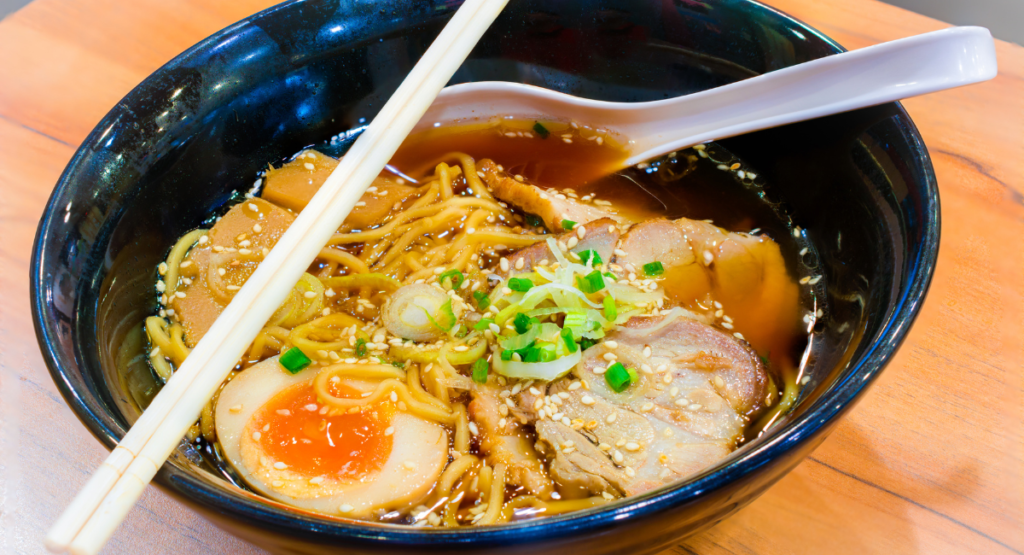Suppose social media has made the world feel smaller by linking us to users worldwide. In that case, it has also made us acutely aware of what we are missing here in the United States — and nothing gives us FOMO like seeing footage of Japan’s magnificent 7-Eleven stores.
These Japanese convenience stores (or konbini) serve snacks, beverages, and on-the-go meals that rival America’s hot dog rollers: onigiri, fried chicken, sushi, egg sandwiches, fresh cakes and pastries, mochi, and an assortment of hot bar dishes, to mention a few. With our envy reaching a fever pitch, there has been a renewed drive to upgrade our 7-Elevens, which means we may soon enjoy konbini delicacies at home.
Even if you enjoy Slurpees regularly, you might be startled to hear that 7-Eleven, although founded in Texas, is controlled by Japanese investors. In the 1970s, 7-Eleven built its first outlets in Japan, where the concept proved so effective that the company completely outperformed its American version. By 2005, Seven-Eleven Japan Co., Ltd., a Seven & I Holdings subsidiary, had gained full brand ownership.
Since then, Japan has consistently improved its konbini game. Because it provides satisfying cuisine at reasonable rates, it is a cultural institution in ways that our minimarts are not. As a result, the business is considering lending its secret sauce to 7-Eleven stores in the United States.
Bloomberg reported in February that Ryuichi Isaka, CEO of Seven & I Holdings, is investigating how to expand its business in the United States, with mergers and acquisitions being one area of attention. Indeed, 7-Eleven purchased Sunoco and Speedway earlier this year, and if more brands are consolidated under the 7-Eleven label, the firm can decide how to update its products.
“We feel that we need to shift our business model from one that depends on gasoline and cigarettes to one in which people choose us based on product, “Isaka told Bloomberg. “The key to this change is fresh food.”
Isaka’s company is developing a supply system capable of delivering fresh food to American convenience store locations daily and seasonal and regional offers (two other areas where Japanese stores excel). Seven & I Holdings still needs to be done acquiring other firms, too.
“If there’s an opportunity, we’d proactively consider M&A,” Isaka told Bloomberg.

The Wall Street Journal’s video, “The Economics of 7-Eleven,” explains what would be involved in redesigning the thousands of outlets in the United States to resemble the Japanese ones we admire. For one thing, the corporation hopes to make one-third of its sales through food, up from its present level of 24%. It is also considering modernizing the 17 nationwide commissaries supplying food to hundreds of U.S. shops. The WSJ video also mentions that the commissaries have begun cooperating with Warabeya, a supplier to 7-Eleven Japan.
7-Eleven’s transformation has been planned for several years. In early 2020, the company experimented with supplying higher-quality chocolate to entice quality-conscious consumers, and it has had a line of flavored potato chips for about a decade. However, the shift toward fresh, meal-worthy food comes when electric vehicles are expected to cut into 7-Eleven’s gasoline revenues, and dropping smoking rates threaten high-margin cigarette sales. Those large income streams must be generated someplace, and the corporation is counting on bites.
The one drawback is that improved 7-Elevens may only arrive due to the mergers and acquisitions indicated by Isaka, which could result in fewer convenience store chains in the United States. These chains tend to reflect their distinct regions, delivering the mass-market version of “local character,” In contrast, in Japan, the focus is much more on the big three brands: 7-Eleven, Lawson, and FamilyMart.
It isn’t easy to fathom road journeys with only 7-Eleven stops rather than Wawas, Buc-ee’s, and Mavericks. But that could be a fair bargain if we bite into onigiri like the Rocky Mountains fly by.
What Makes Japan-style 7-Elevens Unique?
In Japan, 7-Eleven outlets are well-known for their diverse and outstanding range of food and beverages. Unlike the American equivalent, which is frequently linked with quick snacks and necessities, Japan’s 7-Elevens are gourmet attractions in and of themselves. Here’s what separates them:

Gourmet Ready-to-Eat Meals: One of the most appealing features of Japanese 7-Elevens is their extensive selection of freshly prepared, high-quality meals. These stores serve a wide range of convenient and excellent dishes, including sushi and bento boxes, ramen, and curry.
Seasonal & Regional Specialties: Japanese 7-Eleven menus are constantly updated to match the seasons and local tastes. This means you may find everything from sakura-themed delights in the spring to hearty soups in the winter, with regional variations.
Premium Ingredients: The food at Japan-style 7-Elevens is prepared using fresh, premium ingredients, ensuring quality comparable to many restaurants. Whether it’s a simple onigiri (rice ball) or a complete meal, you can expect a pleasant experience.
What To Expect In The United States.
Customers may expect a much-enhanced menu that includes more than just the usual convenience store staples when Japan-style 7-Elevens appear in America. Here is what could be on the horizon:
Expanded Food Options: Look for a wider variety of ready-to-eat meals, including Japanese classics like onigiri, bento boxes, and hot noodles. These meals are ideal for a fast lunch or dinner on the go.
Quality and Freshness: The emphasis on fresh, high-quality ingredients is expected to transfer into U.S. markets. This means you can have a dinner that is not only convenient but also healthful and tasty.
Unique Snacks and Desserts: Japanese 7-Elevens are well-known for their unique snacks and sweets, which range from mochi to seasonal cakes. American stores may sell similar delicacies, delivering a taste of Japan without needing overseas travel.
Beverage Variety: In addition to food, Japan-style 7-Elevens serve a wide range of beverages, including specialized teas, coffees, and even sake. This could result in a more diverse beverage variety in U.S. retailers.
The Future Of Convenience Stores
Introducing Japanese-style 7-Elevens in America is more than just an extension; it is a reimagining of what a convenience shop may be. With a focus on flavor, variety, and customer happiness, these restaurants are prepared to raise the bar for quick and convenient meals.
In conclusion, as Japanese-style 7-Elevens open in the United States, they promise to add a new level of quality and diversity to the American convenience store environment. These stores are poised to revolutionize on-the-go dining with gourmet meals, one-of-a-kind snacks, and high-quality products. Watch out for these remodeled 7-Elevens; your next supper may come from the most unexpected spot!
Thank you for visiting on our site …..
Read More: Seafood Is Getting Riskier To Eat Due To Climate Change, According To Science


